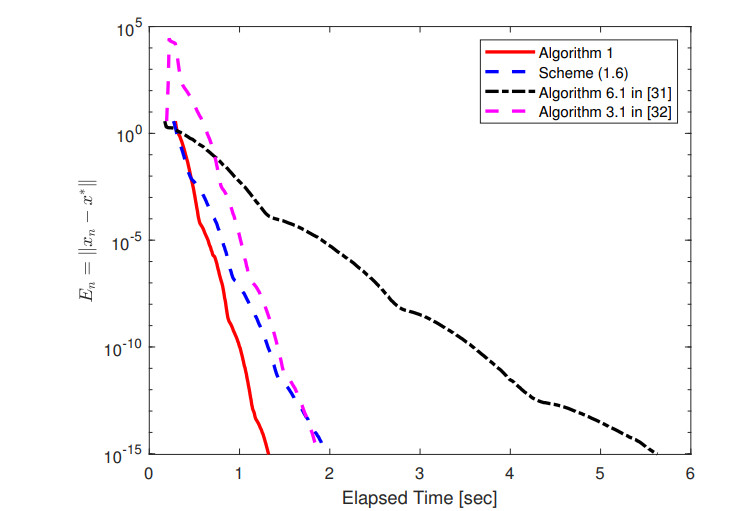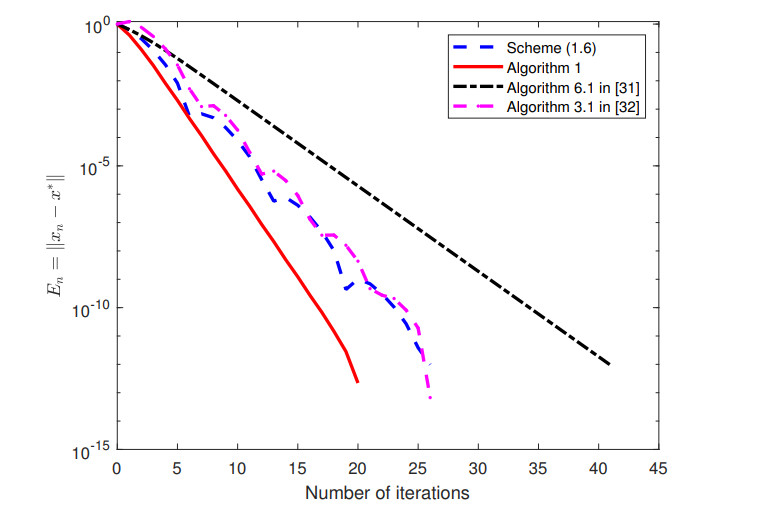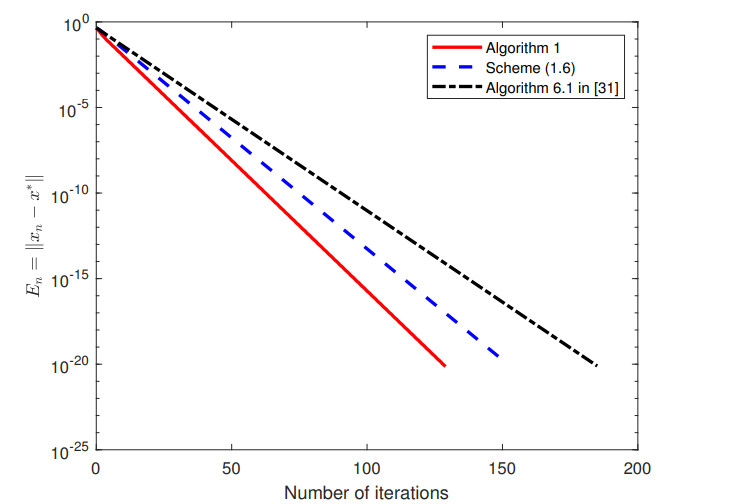This review describes the role of suitable and modified microorganisms as economical biocatalysts in the processing of by-products generated in industries and agriculture, which are cheaply available globally as renewable resources. Since the microbial processing can be economically used to produce a variety of value-added products, by employing specific species of microorganisms as biocatalysts; but to be specific to the title of this review the information included in this article has only emphasized on one important consumer-product bioethanol. The conclusion of the information gathered in this review is that, the selection and modification of a microbial biocatalyst should be strategically done. For example: employing an yeast strain of Saccharomyces or a non-Saccharomyces culture, is important in bioethanol synthesis; the optimisation of biocatalyst is also important according to the type of material being processed in the system as it could be a by-product or waste residue of agriculture, food & beverage industry or simply the seasonal locally available fruits. The other information, which has been included in this review, is on the modification of biocatalysts and important factors influencing the efficiency of bioprocessing, for the necessity of economical yield of bioethanol.
1.
Introduction
In a real Hilbert space H, with D being a nonempty closed convex subset, where the inner product ⟨⋅,⋅⟩ and norm ‖⋅‖ are defined, the classical variational inequality problem (VIP) is to determine a point x∗∈D such that ⟨Ax∗,y−x∗⟩≥0 holds for all y∈D, where A:H→H is an operator. Then, we define ◊ as its solution set. Stampacchia [1] proposed variational inequality theory in 1964, which appeared in various models to solve a wide range of engineering, regional, physical, mathematical, and other problems. The mathematical theory of variational inequality problems was first applied to solve equilibrium problems. Within this model, the function is derived from the first-order variation of the respective potential energy. As a generalization and development of classical variational problems, the form of variational inequality has become more diverse, and many projection algorithms have been studied by scholars [2,3,4,5,6,7,8,9,10]. In [11], Hu and Wang utilized the projected neural network (PNN) to solve the VIP under the pseudo-monotonicity or pseudoconvexity assumptions. Furthermore, He et al. [12] proposed an inertial PNN method for solving the VIP, while Eshaghnezhad et al. [13] presented a novel PNN method for solving the VIP. In addition, in [14], a modified neurodynamic network (MNN) was proposed for solving the VIP, and under the assumptions of strong pseudo monotonicity and L-continuity, the fixed-time stability convergence of MNN was established.
The most famous method for solving the VIP is called the projection gradient method (GM), which is expressed as
Observably, the iterative sequence {xn} produced by this method converges towards a solution of the VIP, and PD:H→D is a metric projection, with γ denoting the stepsize parameter, and A being both strongly monotone and Lipschitz continuous. The projection gradient method fails when A is weakened to a monotonic operator. On this basis, Korpelevich [15] proposed a two-step iteration called the extragradient method (EGM)
where γ is the stepsize parameter, and A is Lipschitz continuous and monotone. However, the calculation of projection is a major challenge in each iteration process. Hence, to address this issue, Censor et al. [16] proposed the idea of the half-space and modified the algorithm to
Recently, adaptive step size [17,18,19] and inertia [20,21,22,23] have been frequently used to accelerate algorithm convergence. For example, Thong and Hieu [24] presented the following algorithm:
where Hn={x∈H:⟨hn−τnAhn−sn,x−sn⟩≤0}, and
They also combined the VIP with fixed point problems [25] (we define Δ as a common solution set). For example, Nadezhkina and Takahashi [26] proposed the following algorithm:
where A is Lipschitz continuous and monotone, and T:D→D is nonexpansive. The sequence produced by this algorithm exhibits weak convergence toward an element in Δ. Another instance is the algorithm proposed by Thong et al. [27], which is as follows:
where τn is selected as the maximum τ within the set {γ,γl,γl2,...} that satisfies the condition
Based on the preceding research, we present a self-adaptive step-size and alternated inertial subgradient extragradient algorithm designed for addressing the VIP and fixed-point problems involving non-Lipschitz and pseudo-monotone operators in this paper. The article's structure is outlined as follows: Section 2 contains definitions and preliminary results essential for our approach. Section 3 establishes the convergence of the iterative sequence generated. Finally, Section 4 includes a series of numerical experiments demonstrating the practicality and effectiveness of our algorithm.
2.
Preliminaries
For a sequence {xn} and x in H, strong convergence is represented as xn→x, weak convergence is represented as xn⇀x.
Definition 2.1. [28] We define a nonlinear operator T:H→H to have an empty fixed point set (Fix(T)≠∅), if the following expression holds for {qn}∈H:
where I denotes the identity operator. In such cases, we characterize I−T as being demiclosed at zero.
Definition 2.2. For an operator T:H→H, the following definitions apply:
(1) T is termed nonexpansive if
(2) T is termed quasi-nonexpansive with a non-empty fixed point set Fix(T)≠∅ if
Definition 2.3. A sequence {qn} is said to be Fejér monotone concerning a set D if
Lemma 2.1. For each ζ1,ζ2∈H and ϵ∈R, we have
Lemma 2.2. [26] Given ψ∈H and φ∈D, then
(1) ‖PDψ−PDφ‖2≤⟨ψ−φ,PDψ−PDφ⟩;
(2) ‖φ−PDψ‖2≤‖ψ−φ‖2−‖ψ−PDψ‖2;
(3) ⟨ψ−PDψ,PDψ−φ⟩≥0.
Lemma 2.3. [29] Suppose A:D→H is pseudomonotone and uniformly continuous. Then, ς is a solution of ◊ ⟺ ⟨Ax,x−ς⟩≥0,∀x∈D.
Lemma 2.4. [30] Let D be a nonempty subset of H. A sequence {xn} in H is said to weakly converge to a point in D if the following conditions are met:
(1) For every x∈D, limn→∞‖xn−x‖ exists;
(2) Every sequential weak cluster point of {xn} is in D.
3.
Main results
This section presents an alternated inertial projection algorithm designed to address the VIP and fixed point problems associated with a quasi-nonexpansive mapping T in H. We have the following assumptions:
Assumption 3.1.
(a) The operator A:H→H is pseudo-monotone, uniformly continuous over H, and exhibits sequential weak continuity on D;
(b) ϖ∈(1−μ4,1−μ2), 0<κn<min{1−μ−2ϖ2ϖ,1−ϖ1+ϖ}.
The algorithm (Algorithm 1) is as follows:
To prove the algorithm, we first provide several lemmas.
Lemma 3.1. The sequence produced by Algorithm 1, denoted as {x2n}, is bounded and limn→∞‖x2n−ϱ‖ exists for all ϱ∈Δ.
Proof. Indeed, let ϱ∈Δ. Then, we have
According to ϱ∈Δ, it follows that ⟨Aϱ,s−ϱ⟩≥ for all s∈D, and, at the same time, because of the pseudomonotonicity of A, we establish ⟨As,s−ϱ⟩≥0 for all s∈D. If we set s=sn, then ⟨Asn,sn−ϱ⟩≥0. Thus, by (3.1), we can get
Subsequently, by (2.2), we obtain
Meanwhile, combined with (3.3), it is evident that
In particular,
By (2.2), we obtain
As another special case of (3.3), we have
and then, bringing (3.7) into (3.6), we can get
Plugging (3.8) into (3.5) gives
where
Thus, putting (3.10) into (3.9), we have
According to ϖ∈(1−μ4,1−μ2), 0<κn<min{1−μ−2ϖ2ϖ,1−ϖ1+ϖ}, we get the sequence {‖x2n−ϱ‖} is decreasing, and thus limn→∞‖x2n−ϱ‖ exists. This implies {‖x2n−ϱ‖} is bounded, hence, {x2n} is bounded. For (3.7), we can get that {‖x2n+1−ϱ‖} is also bounded. Therefore, {‖xn−ϱ‖} is bounded. Thus, {xn} is bounded. □
Lemma 3.2. Consider the sequence {x2n} produced by Algorithm 1. If the subsequence {x2nk} of {x2n} weakly converges to x∗∈H and limk→∞‖x2nk−s2nk‖=0, then x∗∈◊.
Proof. Because of h2n=x2n, using the definition of {s2nk} and Lemma 2.2, we get
and so
Hence,
Because of limk→∞‖x2nk−s2nk‖=0 and taking the limit as k→∞ in (3.12), we acquire
Select a decreasing sequence {ϵk}⊂(0,∞) to make limk→∞ϵk=0 hold. Then, for each ϵk, based on (3.13) we use Mk to represent the smallest positive integer satisfying
Since {ϵk} is decreasing, then {Mk} is increasing. Also, for each k, Ax2Mk≠0, let
Here, ⟨Ax2Mk,v2Mk⟩=1 for each k. Then, by (3.14), for each k we have
Because A is pseudo-monotonic, we get
Since x2nk⇀x∗ as k→∞, and A exhibits sequential weak continuity on H, it follows that the sequence {Ax2nk} weakly converges to Ax∗. Then, based on the weakly sequential continuity of the norm, we obtain
Since {xMk}⊂{xnk} and limk→∞ϵk=0, we have
which means limk→∞‖ϵkv2Mk‖=0. Finally, we let k→∞ in (3.15) and get
This implies x∗∈◊.
□
Lemma 3.3. Considering {x2n} as the sequence produced by Algorithm 1, since {x2n} is a bounded sequence, there exists a subsequence {x2nk} of {x2n} and x∗∈H such that x2nk⇀x∗. Hence, x∗∈Δ.
Proof. From (3.11) and the convergence of {‖x2n−ϱ‖}, we can deduce that
By the definition of {x2n+1}, we have
then
and by (3.18) and x2nk⇀x∗, we can get
Since T is demiclosed at zero, Definition 2.1, (3.17), and (3.19) imply
From (3.2), we deduce
This implies that
Based on the convergence of {‖x2n−ϱ‖2}, we can assume that
At the same time, according to (3.16), it can be obtained that
It follows from (3.4) that
Then,
It implies from (3.22)–(3.24) that
By (3.2), we get
Combining (3.25) and (3.26), we get
Combining with (3.21), (3.22), and (3.27), we have
Therefore, it implies from Lemma 3.2 that
Combining (3.20) and (3.28), we can derive
□
Theorem 3.2. {xn}, a sequence produced by Algorithm 1, weakly converges to a point within Δ.
Proof. Let x∗∈H such that x2nk⇀x∗. Then, by Lemma 3.3, it implies
Combining limn→∞‖x2n−ϱ‖2 exists for all ϱ∈Δ, and by Lemma 2.4, we get that {x2n} converges weakly to an element within Δ. Now, suppose {x2n} converges weakly to ξ∈Δ. For all g∈H, it follows that
Furthermore, by (3.16), for all g∈H,
Therefore, {x2n+1} weakly converges to ξ∈Δ. Hence, {xn} weakly converges to ξ∈Δ □
4.
Numerical experiments
This section will showcase three numerical experiments aiming to compare Algorithm 1 against scheme (1.6) and Algorithm 6.1 in [31], and Algorithm 3.1 in [32]. All codes were written in MATLAB R2018b and performed on a desktop PC with Intel(R) Core(TM) i5-8250U CPU @ 1.60GHz 1.80 GHz, RAM 8.00 GB.
Example 4.1. Assume that H=R3 and D:={x∈R3:Φx≤ϕ}, where Φ represents a 3×3 matrix and ϕ is a nonnegative vector. For A(x):=Qx+q, with Q=BBT+E+F, where B is a 3×3 matrix, E is a 3×3 skew-symmetric matrix, F is a 3×3 diagonal matrix with nonnegative diagonal entries, and q is a vector in R3. Notably, A is both monotone and Lipschitz continuous with constant L=‖Q‖. Define T(x)=x,∀x∈R3.
Under the assumption q=0, the solution set Δ={0}, which means that x∗=0. Now, the error at the n-th step iteration is measured using ‖xn−x∗‖. In both Algorithm 1 and scheme (1.6), we let μ=0.5, γ=0.5, l=0.5; in Algorithm 1, we let ϖ=0.2, κn=0.2; in scheme (1.6), we let αn=0.25, βn=0.5; in Algorithm 6.1 in [31], we let τ=0.01, αn=0.25; in Algorithm 3.1 in [32], we let αn=1n+1, βn=n2n+1, f(x)=0.5x, τ1=1, μ=0.2, θ=0.3, ϵn=100(n+1)2. The outcomes of this numerical experiment are presented in Table 1 and Figure 1.
From Table 1, we can see that the algorithm in this article has the least number of iterations and the shortest required time. Therefore, this indicates that Algorithm 1 is feasible. According to the situation shown in Figure 1, we can see that Algorithm 1 is more efficient than the other two algorithms.
Example 4.2. Consider H=R and the feasible set D=[−2,5]. Let A:H→H be defined as
and T:H→H be defined as
It is evident that A is Lipschitz continuous and monotone, while T is a quasi-nonexpansive mapping. Consequently, it is straightforward to observe that Δ={0}.
In Algorithm 1 and scheme (1.6), we let γ=0.5, l=0.5, μ=0.9; in Algorithm 1, we let κn=23, ϖ=0.03; in scheme (1.6), we let αn=0.25, βn=0.5; in Algorithm 6.1 in [31], we let τ=0.4, αn=0.5, in Algorithm 3.1 in [32], we let αn=1n+1, βn=n2n+1, f(x)=0.5x, τ1=1, μ=0.2, θ=0.3, ϵn=100(n+1)2. The results of the numerical experiment are shown in Table 2 and Figure 2.
Table 2 and Figure 2 illustrate that Algorithm 1 has a faster convergence speed.
Example 4.3. Consider H=L2([0,1]) with the inner product
and the induced norm
The operator A:H→H is defined as
The set D:={m∈H:‖m‖≤1} represents the unit ball. Specifically, the projection operator PD(m) is defined as
Let T:L2([0,1])→L2([0,1]) be defined by
Therefore, we can get that Δ={0}.
In Algorithm 1 and scheme (1.6), we let γ=0.5, l=0.5, μ=0.5; in Algorithm 1, we let κn=0.2, ϖ=0.2; in scheme (1.6), we let αn=0.25, βn=0.3; in Algorithm 6.1 in [31], we let τ=0.9, αn=0.6. The results of the numerical experiment are shown in Figure 3.
Figure 3 shows the behaviors of En=‖xn−x∗‖ generated by all the algorithms, commencing from the initial point x0(p)=p2. The presented results also indicate that our algorithm is superior to other algorithms.
5.
Conclusions
This paper introduces a novel approach for tackling variational inequality problems and fixed point problems. Algorithm 1 extends the operator A to pseudo-monotone, uniformly continuous, and incorporates a new self-adaptive step size, and adds an alternated inertial method based on scheme (1.6). The efficiency of our algorithm is validated through the results obtained from three distinct numerical experiments.
Use of AI tools declaration
The authors declare they have not used Artificial Intelligence (AI) tools in the creation of this article.
Acknowledgments
This work was supported by the National Natural Science Foundation of China (Grant No. 12171435).
Conflict of interest
The authors declare that they have no competing interests.









 DownLoad:
DownLoad:






